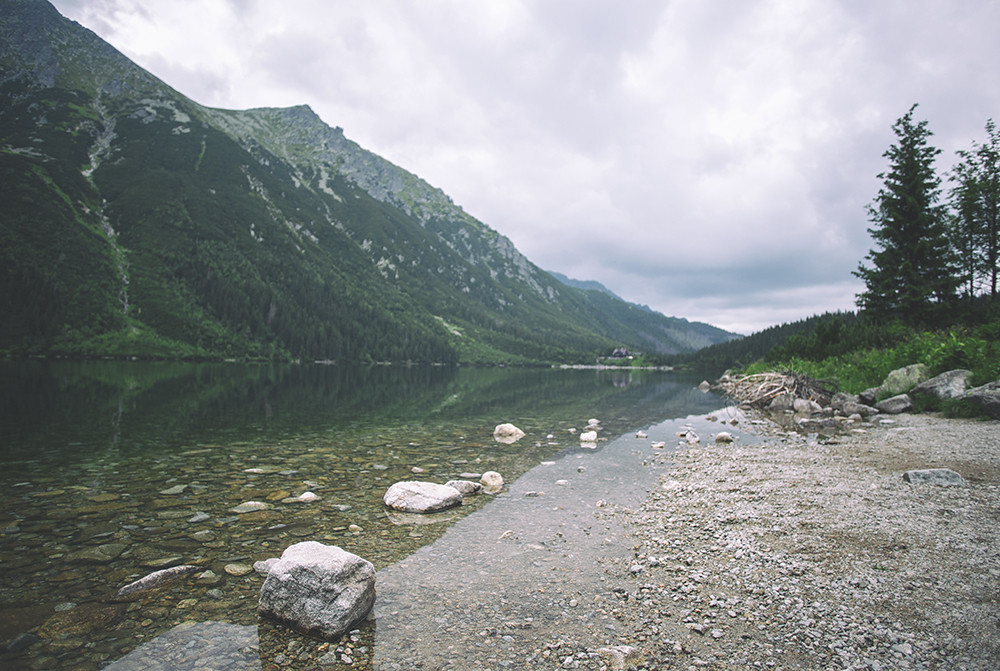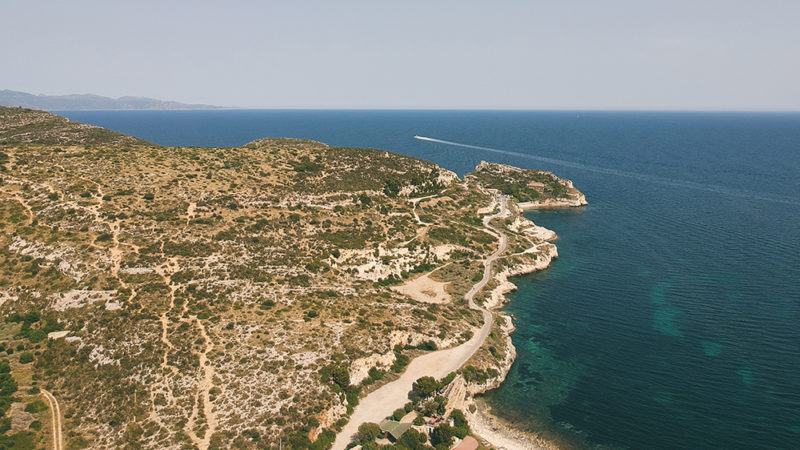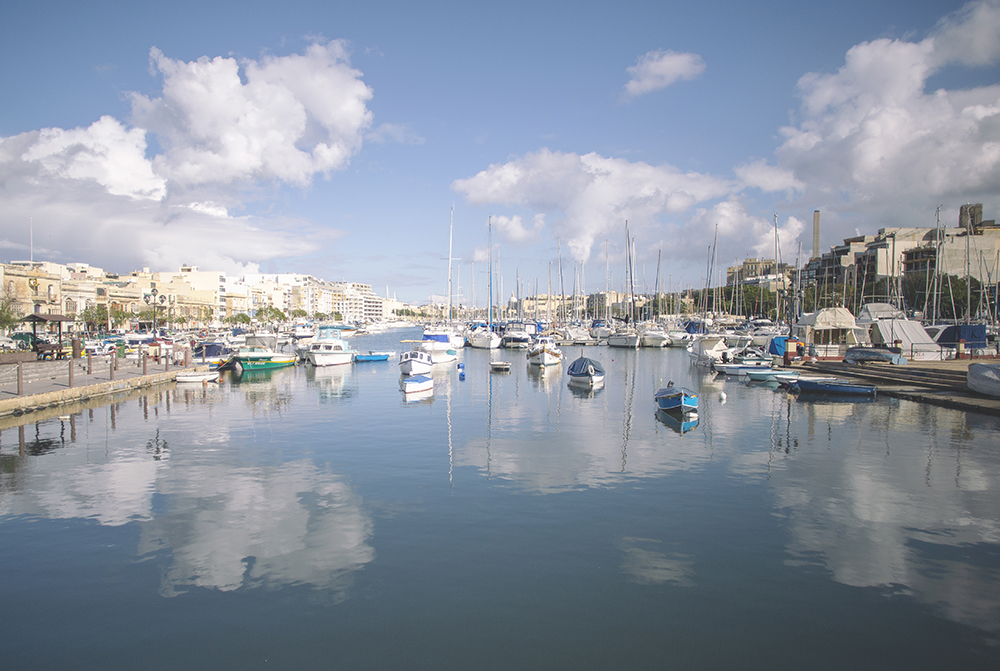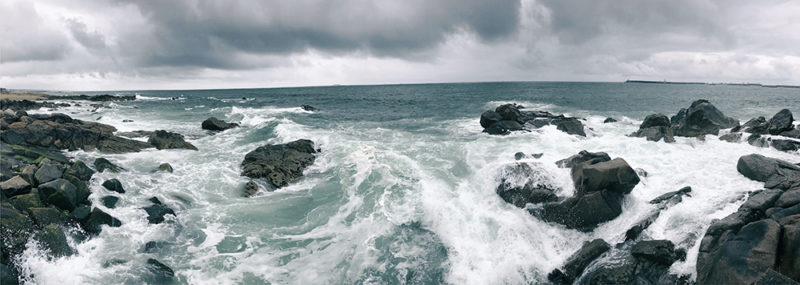There are few places that could be compared to coast in terms of breadth of perspective. To convey this perspective well, you will need attention to detail and a little planning.
1. Golden Hour
The first thing to think about is the time of the day that is suitable for shooting in your chosen location, which is called a Golden Hour. If you want to capture the sunrise, you will need the coast facing the east. If the sunset then the west. The position of the sun during the day can also play an important role in how the photos will look. Schedule a shoot when the sun is not high above the horizon. With this side lighting, the details and textures of the landscape are best seen.
2. Composition

Once you’re there, all you need to do is to create composition. You won’t go wrong if you follow simple rules – don’t forget to include an interesting object in the foreground and use lines that guide the viewer’s gaze. To make the composition look harmonious, place the horizon one-third from the top of the shot if you have a big foreground object, or one-third from its lower edge if the picture shows an interesting dramatic sky.
3. Bottom point

Descending to the level of rocks or sand, you will add volume and focus in the foreground, and the clouds in the sky will be unusually shaped.
4. Top point

And climbing to the top of the cliff, you will be rewarded with a great view of the shore and the sea.
5. Deep blue

You will need a polarizer filter to achieve a deep blue sky and sea. Rotating the filter can darken the sky, making the clouds more expressive and the overall picture more dramatic. It will also be useful to reducing glare on the water surface, making the sea darker and more saturated.
6. Watch the tides

At first glance, a safe shooting area may soon be cut off from the land by a fast-hitting wave. Try to figure out the frequency of the tide and take into account when shooting.
7. Balance
Make sure the foreground is not too dark and the sky is not too light.
8. Closed aperture
Set a closed aperture, for example about f/16, which is for maximum depth of field.
9. Manual focus
Switch to manual focus and focus in the center of the frame so that it is sharp.
10. Foreground

Look for foreground objects and textures that add depth and balance to your shots.
11. Underwater photography

Place the camera in the underwater case. The underwater world has a lot of interesting and unusual things 😉 Personally I am not afraid to do such experiments with GoPro. It is small, compact waterproof and sandproof.
12. Lines

Linear structures, such as rows of stones, patterns in the sand or in the clouds, will give your pictures a sense of depth.
13. Recognizable object

If there is no recognizable object in the frame, it will be difficult for the viewer to imagine the scale of the scene. Include in the frame the figures of people on the beach, house or boat – in such way you will convey the feeling of space.
14. Dark spots

When shooting with an ultra-wide lens with a polarizer filter, you can get an uneven darkening of the sky, where the edges of the photo will be much darker than the center.
And let’s go to the sea!












